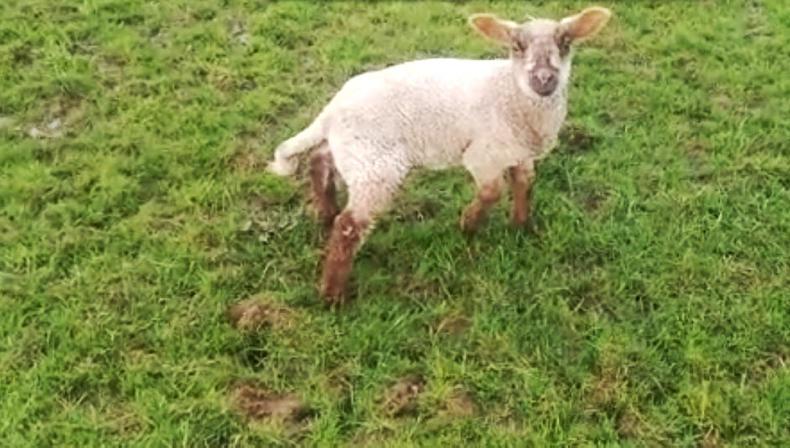This disease can be easily avoided if there is correct management of the newborn animals and calving and lambing facilities.
Cause
The wet open navel is the route of entry for the infection. The risk remains until the navel dries up completely. Once entry is gained through the navel, the bacterial infection enters the blood stream and can cause many problems including septicaemia (blood infection), peritonitis, internal abscesses (particularly in the liver, and joint infections).
Poor hygiene, particularly dirty bedding in calving and lambing pens will lead to high incidences of joint ill. For this reason hygienic calving/lambing facilities are a must for every farmer.
Symptoms
The most obvious symptom associated with an infection in the navel is swelling. Prompt antibiotic treatment is required to eliminate the infection. If this infection is not dealt with promptly, infection will spread beyond the navel to the joints. Joint ill is an infection in the joint. The structure of the joint means it can be very difficult for antibiotics to properly penetrate it, and therefore such infections can be very difficult to cure. The affected animal can also be limping and be in pain. The navel will also feel hard upon palpation.

If infection becomes well established within a joint, severe arthritis develops, and even if treatment manages to rid the joint of infection, the animal can be left in severe pain and crippled for life. Always check all joints in a young calf or lamb found stiff, lame or lying for both swelling and heat as these could be signs of joint ill.
Treatment
Treatment consists mainly of antibiotics and possibly anti-inflammatory drugs. A vet must prescribe these drugs. However, this joint ill often responds poorly to treatment.
Prevention and control
Outbreaks of joint ill can be prevented through adopting a high level of hygiene in pens where animals are giving birth.
For cows, you should have at least one calving pen per 15 cows in the herd. This will allow for each pen to be cleaned out, washed down with disinfectant and bedded down in a deep bed of straw prior to the next calving. The area in which the newborn calf is housed must similarly well bedded. Good clean dry bedding is the single most important factor in avoiding this condition.
Once born, the calf and lamb’s naval should be immersed in a dilute iodine solution (straight iodine will burn the soft tissue) but a chlorhexidine dip is equally effective. If using an antibiotic spray from your vet, be sure to spray the complete navel and not just one side. This treatment should be reapplied at least three to five times during the first 24 hours of life. Farmers must be careful not to use too concentrated a solution of navel disinfectant as it can cause chemical burns and facilitate navel infections.
It is important to make sure the cow is separated from the calf when carrying out this procedure as a calf can sometimes become distressed, therefore causing the cow to become aggressive.
Ensuring the calf or lamb gets an adequate supply of colostrum in the first few hours of life is also critical to boosting the immune system and therefore helping prevent diseases such as joint ill.
Ideally calves should consume three litres in the first two hours of life for a Holstein Friesian calf weighing between 35kg and 45kg, according to the Animal Health Ireland (AHI) calfcare leaflet. For a large continental calf of 60kg, double that would be required – six litres.
Absorption of antibodies from colostrum falls off dramatically by 24 hours of age, so ideally a 12-hour-old dairy calf should have received 5-6 litres, and a large continental calf should have received about 10 litres by the same age.
If buying in calves, make sure to check the calves’ navels before buying. Also, where you are bucket-rearing, keep an eye out for calves suckling the naval of other calves in the group as this can also cause infection.






 This is a subscriber-only article
This is a subscriber-only article










SHARING OPTIONS: